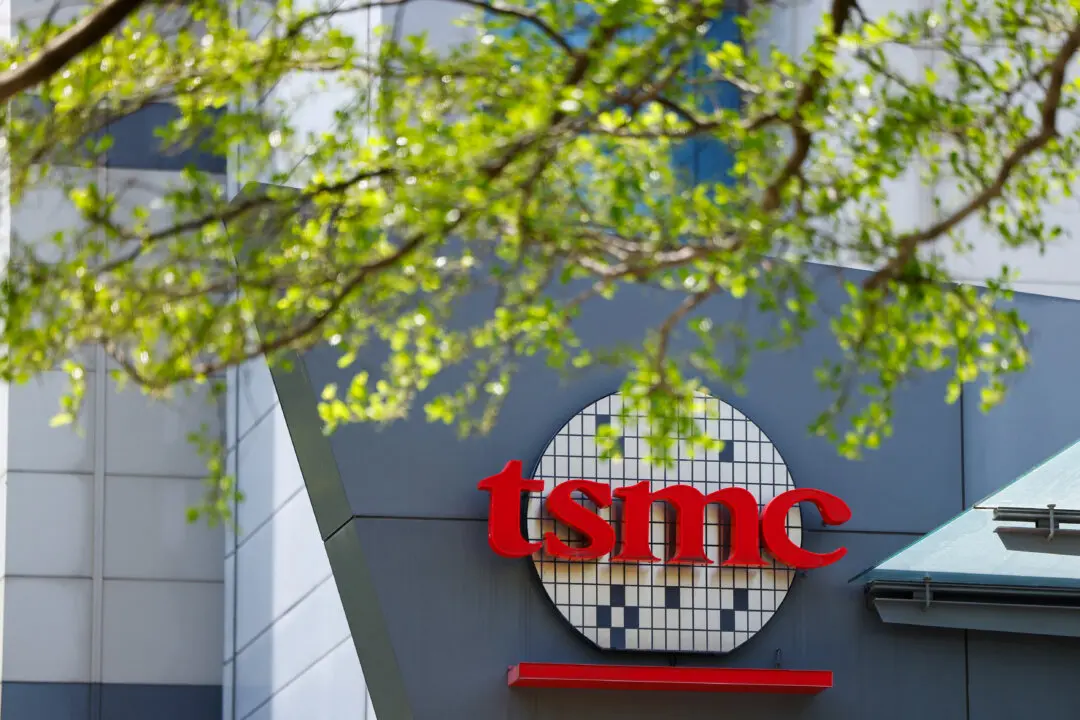WASHINGTON—U.S. retail sales rebounded sharply in October as purchases of motor vehicles and building materials surged, but data for the prior two months was revised lower and the underlying trend suggested that consumer spending was probably slowing down.
Still, the report on Nov. 15 from the Commerce Department showed broad gains in sales ahead of the holiday shopping season, which bodes well for consumer spending and the overall economy as the fourth quarter gets underway.





